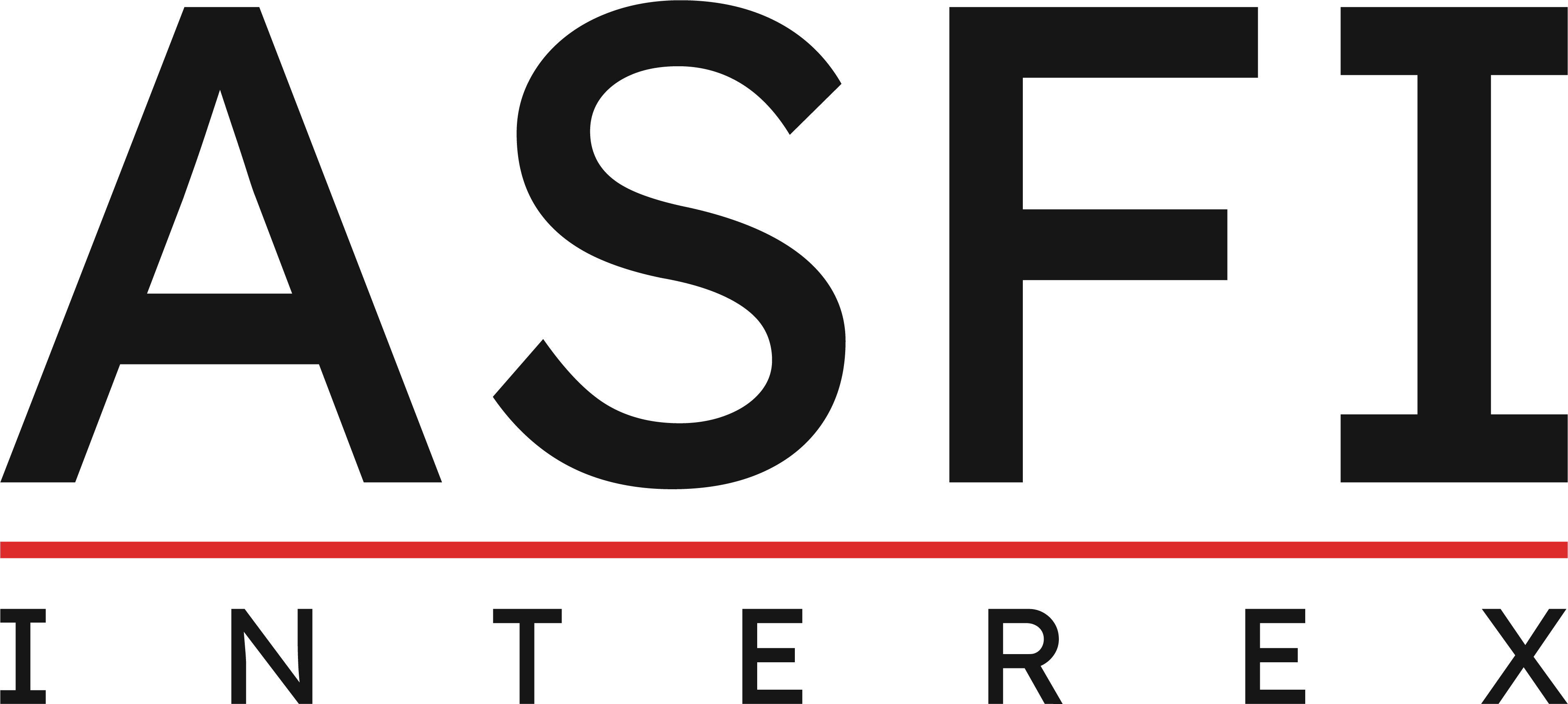The repo market is essentially a two-way intersection, with cash on one side and Treasury securities on the other. To understand how these operations impact you, it’s first important to learn some of the basics on how the repo market works. Here are the main things you need to know about the repo market, including what it is, why it’s a big part of the Fed’s coronavirus response and how it could impact you.
Ambiguity in the usage of the term repo
Repurchase agreements play a crucial role in money markets, providing short-term liquidity for dealers in government securities. The repurchase agreement rate is the interest rate charged to the borrower (i.e., the one that is borrowing cash by using its securities as collateral) in a repurchase agreement. The repo rate axes broker is a simple interest rate that is stated on an annual basis using 360 days.
The articles and research support materials available on this site are educational and are not intended to be investment or tax advice. All such information is provided solely for convenience purposes only and all users thereof should be guided accordingly. Repos can also facilitate leverage for investors by allowing them to use the borrowed funds to invest in other securities. They can enable short selling, where an investor borrows a security they believe will decrease in value.
As a result, when the Treasury receives payments, such as from corporate taxes, it is draining reserves from the banking system. The TGA has become more volatile since 2015, reflecting a decision by the Treasury to keep only enough cash to cover one week of outflows. Further, the investor/lender may demand collateral of greater value than the amount that they lend. This difference is the « haircut. » These concepts are illustrated in the diagram and in the equations section. When investors perceive greater risks, they may charge higher repo rates and demand greater haircuts.
In securities lending, the purpose keys to heaven’s economy is to temporarily obtain the security for other purposes, such as covering short positions or for use in complex financial structures. Securities are generally lent out for a fee and securities lending trades are governed by different types of legal agreements than repos. Open has no end date which has been fixed at conclusion.Depending on the contract, the maturity is either set until the next business day and the repo matures unless one party renews it for a variable number of business days. Alternatively it has no maturity date – but one or both parties have the option to terminate the transaction within a pre-agreed time frame. Repurchase agreements are typically short-term transactions, often literally overnight.
Which Types of Securities Are Used in a Repo Agreement?
The sellers of repo agreements can be banks, hedge funds, insurance companies, money How to buy and sell market mutual funds, and any other entity in need of a short-term infusion of cash. On the other side of the trade, the buyers are commercial banks, central banks, asset managers with temporary cash surpluses, and so on. Repurchase agreements offer a reliable and flexible method for short-term funding, benefiting both borrowers and lenders by providing immediate cash flow backed by high-quality collateral. While generally low-risk, repos require careful management of collateral and counterparty exposure. As a fundamental tool in financial markets, repos enable liquidity, support investment strategies, and play an integral role in monetary policy operations, contributing to overall market stability.
What’s in it for both parties?
- On the other side, it allows financial institutions to borrow cheaply to fund short-term needs.
- The security involved in the transaction acts as collateral for the buyer until the seller can pay the buyer back.
- A repurchase agreement (RP) is a short-term loan where both parties agree to the sale and future repurchase of assets within a specified contract period.
- This difference between the securities’ value and the cash received is the « haircut » or « margin. » It is a protective cushion for the lender against market fluctuations in the security’s price or if the borrower defaults.
- Essentially, repos and reverse repos are two sides of the same coin—or rather, transaction—reflecting the role of each party.
But the Fed didn’t know for sure the minimum level of reserves that were “ample,” and surveys over the past year suggested reserves wouldn’t grow scarce until they fell to less than $1.2 trillion. The Fed apparently miscalculated, in part based on banks’ responses to Fed surveys. In a due bill repo, the collateral pledged by the (cash) borrower is not actually delivered to the cash lender. Rather, it is placed in an internal account (« held in custody ») by the borrower, for the lender, throughout the duration of the trade.
Reliance upon information in this material is at the sole discretion of the reader. This material is provided for informational purposes only and does not constitute a solicitation in any jurisdiction in which such solicitation is unlawful or to any person to whom it is unlawful. Moreover, it neither constitutes an offer to enter into an investment agreement with the recipient of this document nor an invitation to respond to it by making an offer to enter into an investment agreement. At Finance Strategists, we partner with financial experts to ensure the accuracy of our financial content. For information pertaining to the registration status of 11 Financial, please contact the state securities regulators for those states in which 11 Financial maintains a registration filing. But another reason is because the operations are so complicated, it’s led to a fundamental misunderstanding of how they work.
Repos are widely used by financial institutions, including banks, hedge funds, and central banks, as a tool for managing liquidity and facilitating short-term funding. By allowing participants to temporarily transfer assets in exchange for cash, repos support smooth cash flow and market stability. Between 2008 and 2014, the Fed engaged in Quantitative Easing (QE) to stimulate the economy. The Fed created reserves to buy securities, dramatically expanding its balance sheet and the supply of reserves in the banking system.
At a later time, the central bank would sell back the Treasury bill or government paperback to the commercial bank. A repurchase agreement, also known as a repo, RP, or sale and repurchase agreement, is a form of short-term borrowing, mainly in government securities. The dealer sells the underlying security to investors and, by agreement between the two parties, buys them back shortly afterwards, usually the following day, at a slightly higher price. In a reverse repurchase agreement, a buyer purchases securities from a counterparty with the agreement to sell them back at a higher price at a later date. That is, the counterparty will buy the securities back from the dealer as agreed. Generally, credit risk for repurchase agreements depends on many factors, including the terms of the transaction, the liquidity of the security, and the needs of the counterparties involved.

